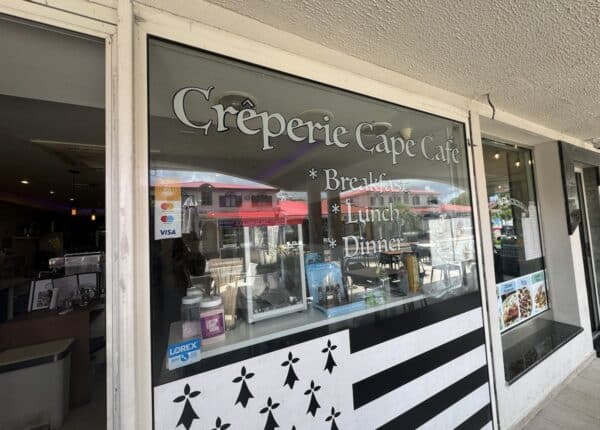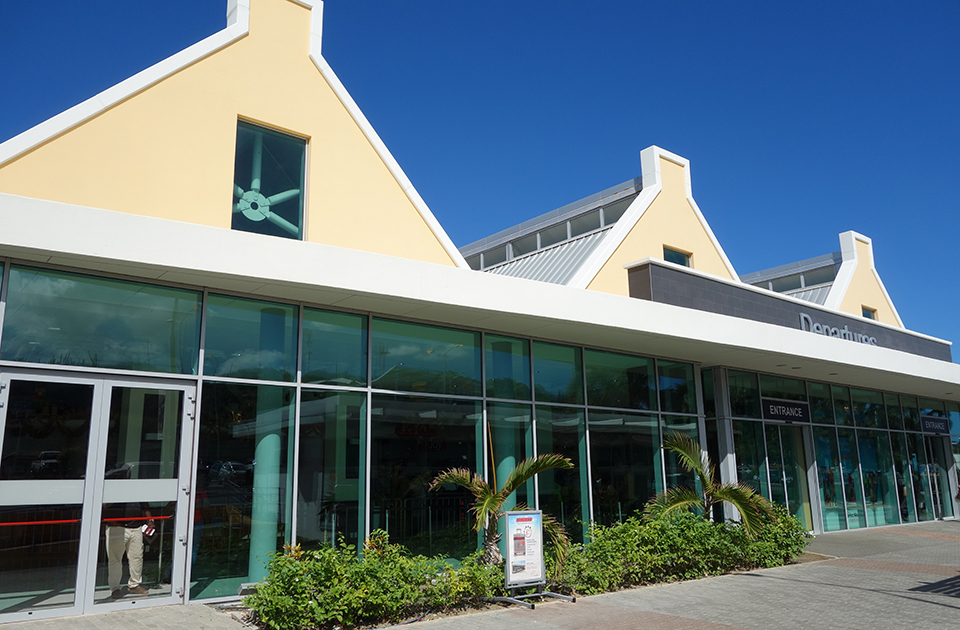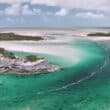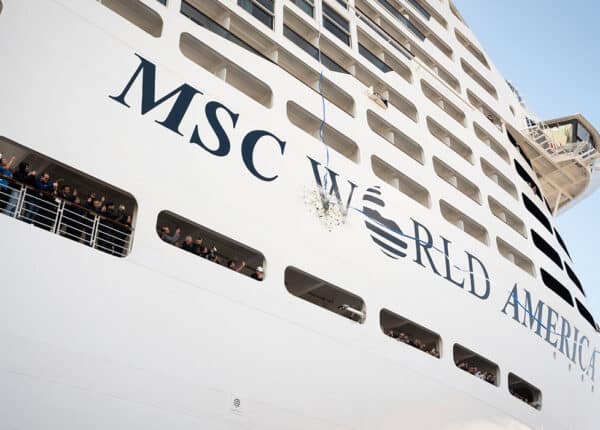By Alexander Britell
There’s a certain sparkle you notice the moment you land, from the floor to the automated immigration kiosk. There’s a newness. There’s a sheen.
This isn’t quite like any Caribbean airport you’ve been to — and it will play a big role in the growth of one of the region’s most exciting destinations.
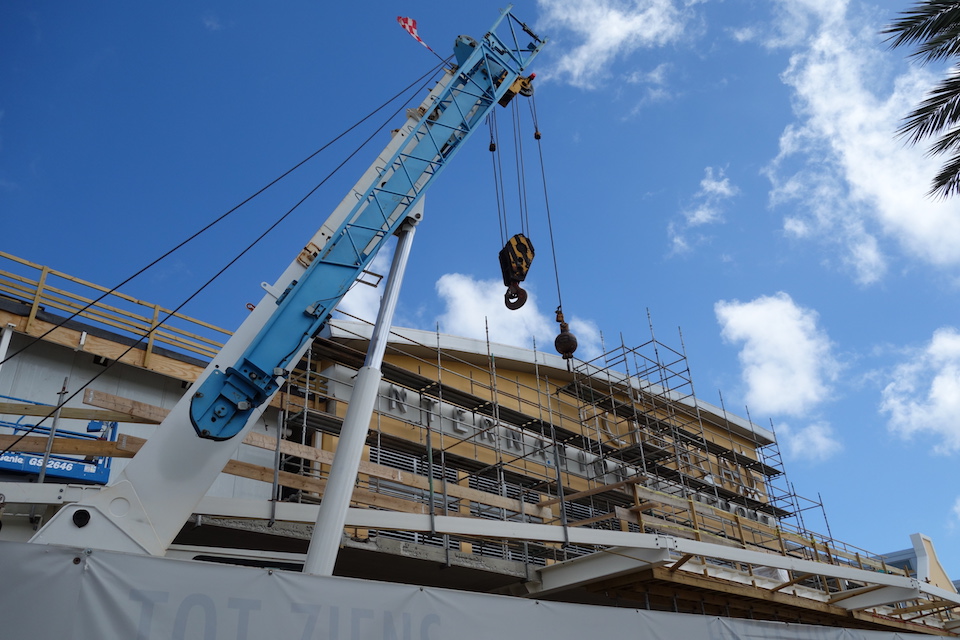
Curaçao International Airport is currently in the midst of a major transformation project, one that is turning the Dutch Caribbean airport into a new exemplar for the region.
“We want to be one of the leaders in the Caribbean in terms of airport facilities,” CAP CEO Ralph Blanchard told Caribbean Journal. “We also want to be an example of what a public-private partnership can be.”
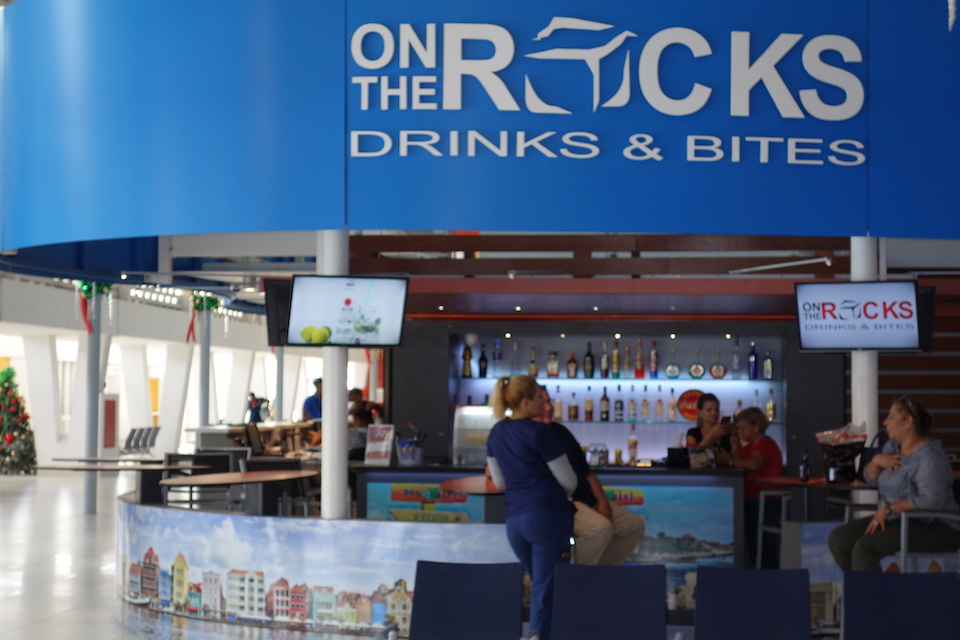
The nearly $48 million USD project began in 2014 with the enhancement expansion of the airport’s check-in area and airport boulevard; in 2016, the new arrivals hall and airport food and beverage services and stores made their debut.
The latter is something that’s already made a huge impact: there’s a popular bar in the arrivals area, something that is, surprisingly, unique for that setting at a Caribbean airport — but most welcome.
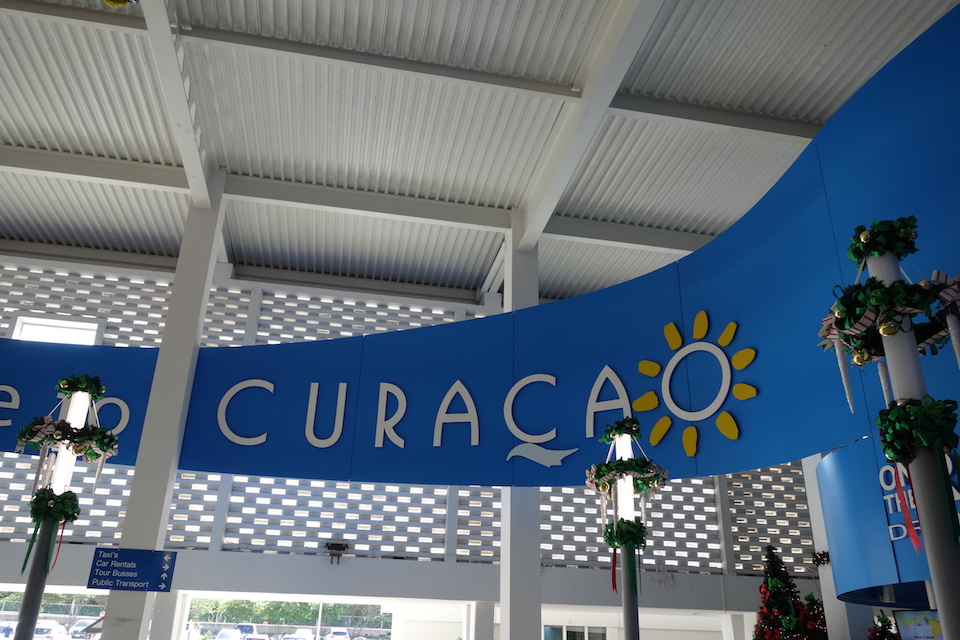
The overall terminal expansion project is slated for completion this December, at which all construction, including a new immigration departures area, will be finished.
That will also include a state-of-the-art duty free shopping component in the departure area with a walk-through design similar to that at Punta Cana’s airport, according to Bryan Elshot, project manager operation at CAP.
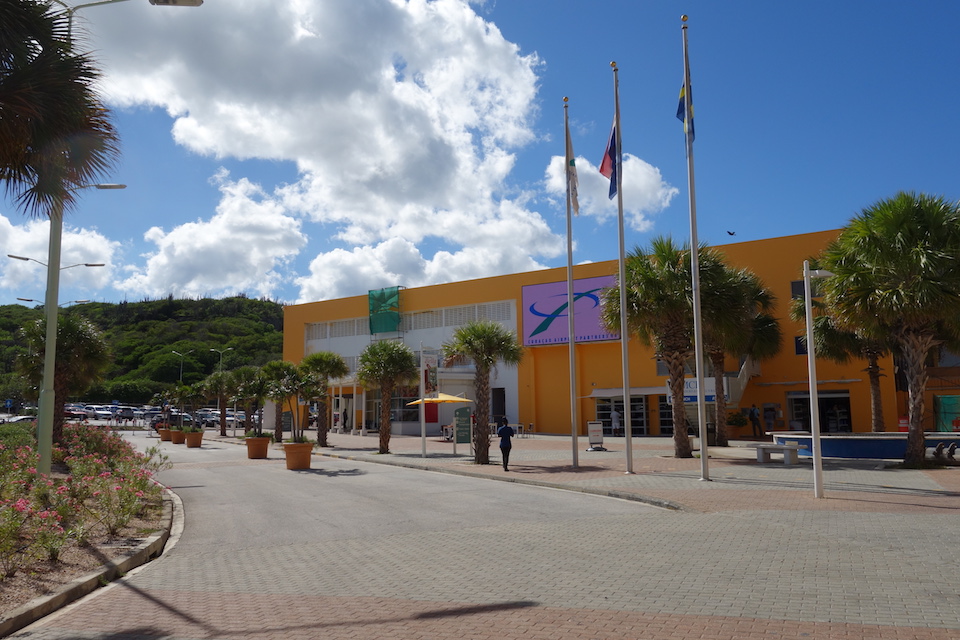
Dynamic advertising is also be a major component of the project, like the high-tech video screens that now dot many of the walls (background)
“What we want is to be an example for first and foremost our neighboring islands,” said Bryan Elshot, Manager Airport Development at CAP. “We want to raise the quality over and over and offer quality service from the moment you park your car to the moment you board this aircraft.”.
Curacao Airport Partners expects that, by the time the expansion is completed at the end of this year, the number of annual passengers will have reached 1.8 million, with the aim of eventually being able to process 2.5 million passengers each year. (At that point, the airport will need to expand again).
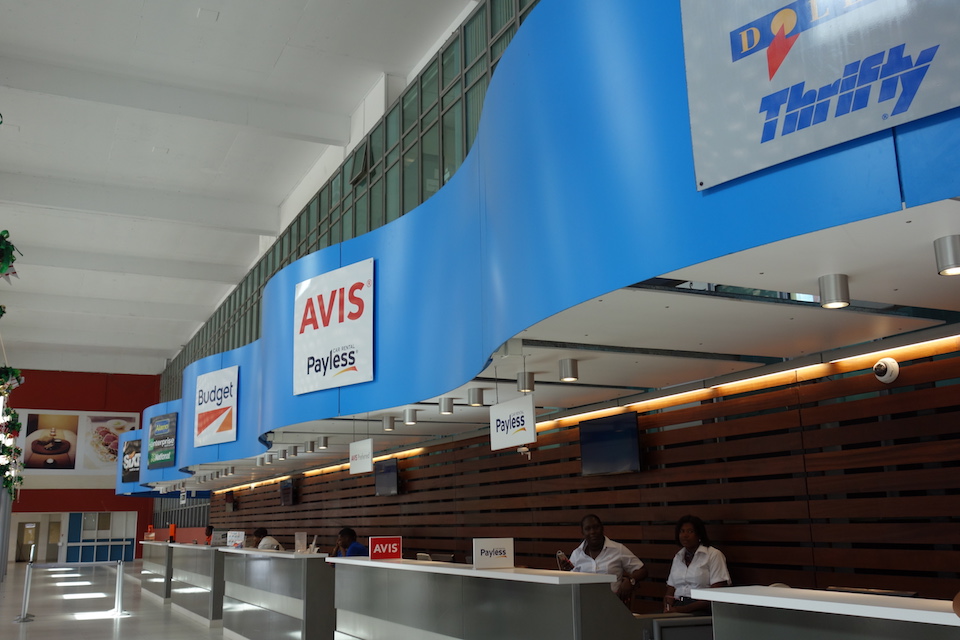
Blanchard said he was very bullish on Curacao’s future as a destination. He also pointed to the large swathes of land, particularly on the northwest of the island, that represent one of the great untapped tourism development opportunities in the Caribbean.
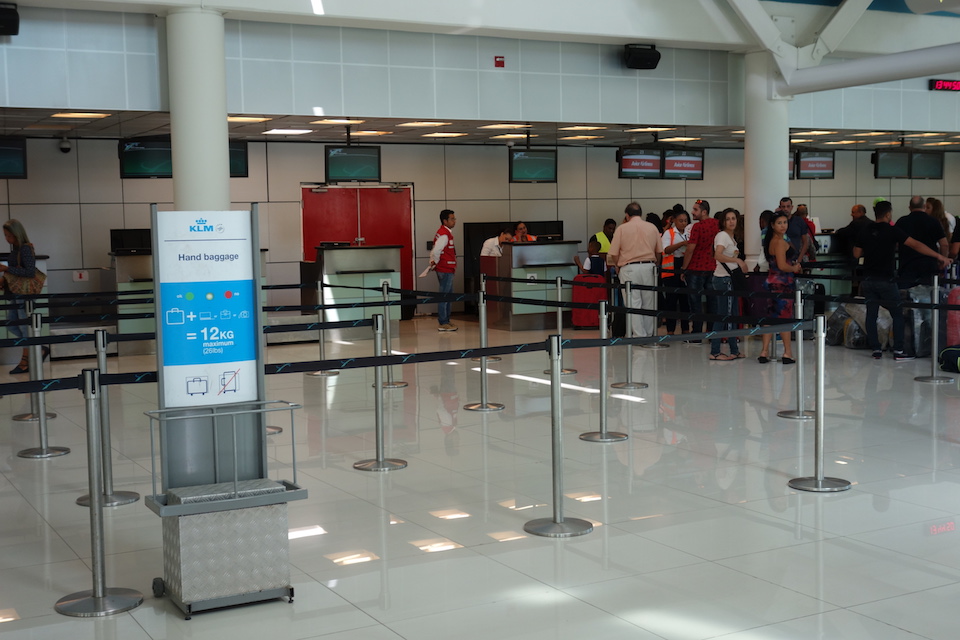
It’s all part of what should be a very positive trajectory for an island that is still very much being discovered by travelers, particularly in the United States.
“We have good interest from the airlines, we just need to get the word out there,” he said. “We want to make sure that Curacao has a competitive airport — something the island can be proud of.”
